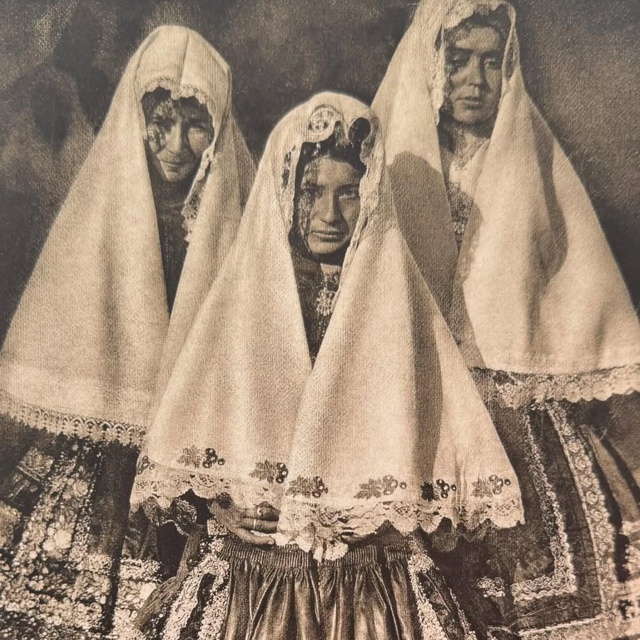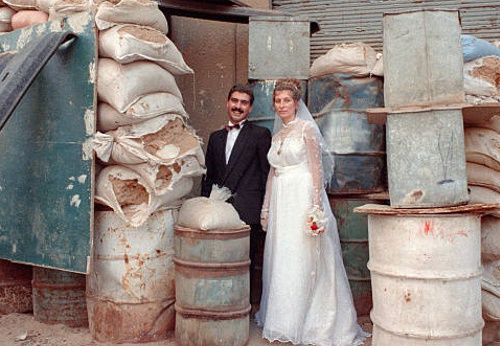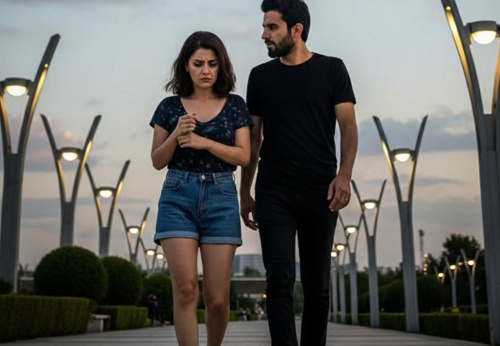Spanish Religious Life a Century Ago
Many progressive groups demanded secular schools, freedom from clerical influence, and reduced Church power in government. This fueled anticlerical sentiment, particularly in urban centers such as Madrid, Barcelona, and Valencia. Women were among the most active participants in religious life. They filled churches, joined Marian sodalities, and passed down traditions to children. Female religious orders—such as the Sisters of Charity—cared for the sick, ran orphanages, and taught in schools.
For many women, the Church also provided opportunities for leadership and social influence within the limits of traditional gender roles. The religious atmosphere of Spain around 1915 was one of devotion but also of tension. The Church’s deep roots in Spanish society gave it immense resilience, yet the social and political currents of the time foreshadowed the conflicts of the 1930s, when religion would again become a dividing line in Spanish life.
August 31, 2025 | 3:05 am




